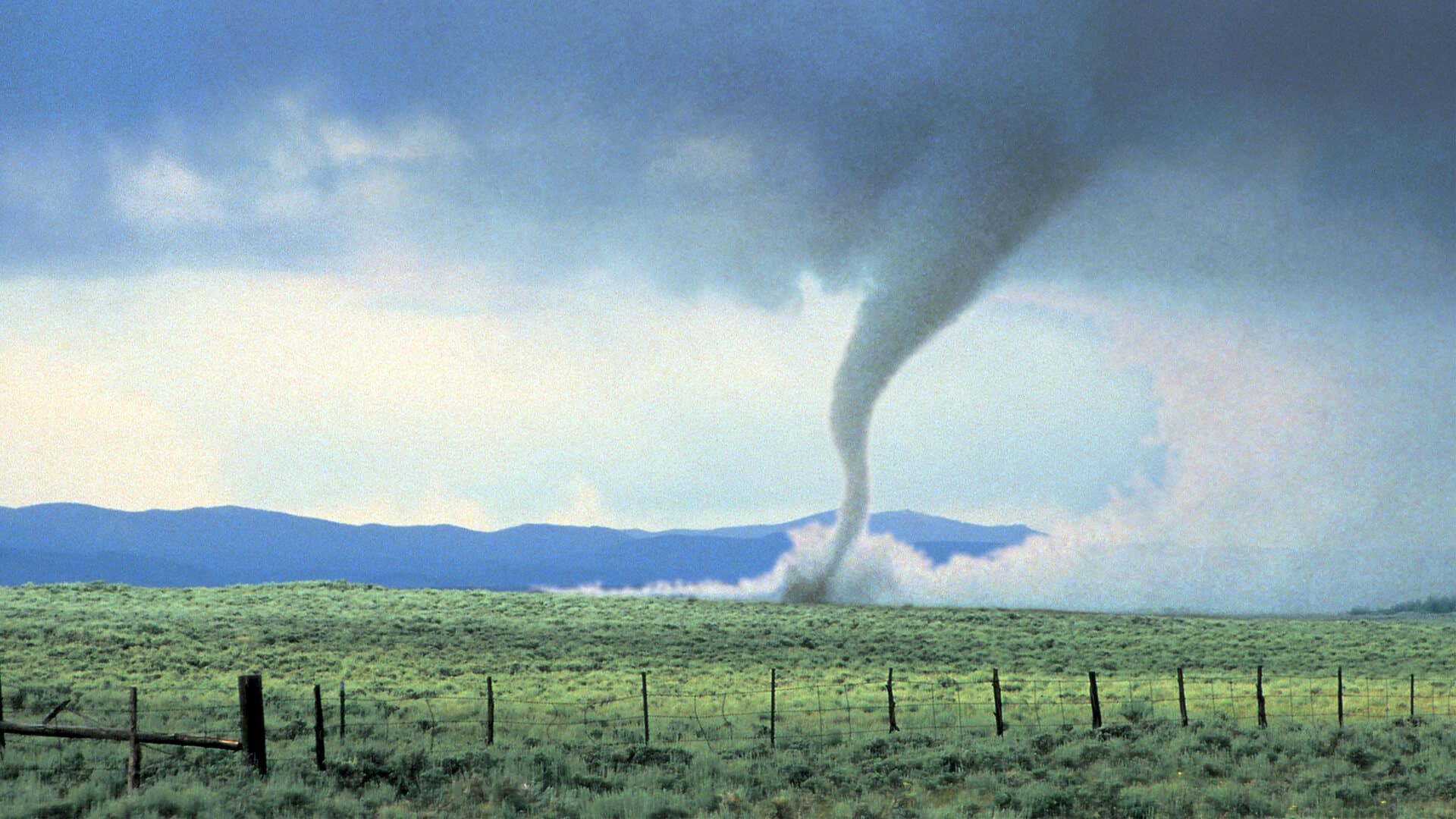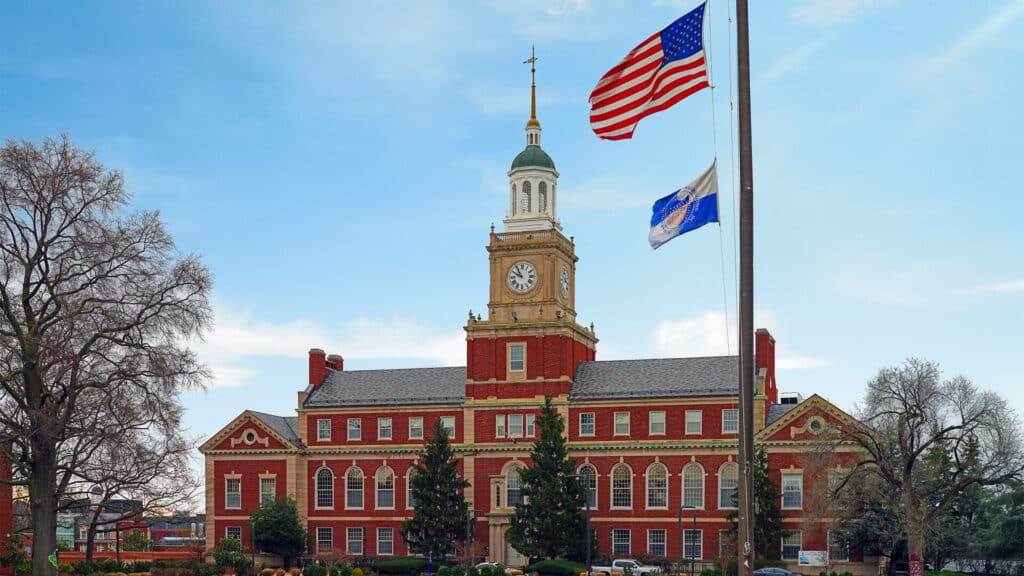Butterflies may be in serious danger. Over the past 25 years, the nationwide butterfly population has plummeted by 22 percent, according to new research published in the journal Science.
“Butterflies have been declining the last 20 years,” study co-author Nick Haddad, an entomologist at Michigan State University, said, according to the Associated Press. “And we don’t see any sign that that’s going to end.”
The decline isn’t just speculation—it’s backed by an overwhelming amount of data. Thousands of volunteers have spent years meticulously observing butterfly populations, contributing to an enormous dataset. Scientists compiled 76,957 surveys from 35 different programs, comparing decades of records to track trends.
The results are staggering. Researchers tallied 12.6 million butterflies over more than 20 years, CBS News reports. A recent survey released last month found butterfly numbers at an all-time low—fewer than 10,000 were recorded, a catastrophic drop from the 1.2 million counted in 1997.
“In just 30 or 40 years we are talking about losing half the butterflies (and other insect life) over a continent!” David Wagner, a University of Connecticut entomologist who did not participate in the study, said. “The tree of life is being denuded at unprecedented rates.”
Federal officials are now pushing to add monarch butterflies to the threatened species list. Of the 650 butterfly species across the U.S., an alarming number are disappearing. Study lead author Collin Edwards, an ecologist and data scientist at the Washington Department of Fish and Wildlife, revealed that 96 species were so scarce they didn’t even appear in the data. Another 212 species were too few in number to show any measurable trends.
Climate change is a major culprit, researchers say, accelerating habitat loss and disrupting ecosystems. If current trends continue, butterflies—once symbols of transformation and resilience—could become yet another casualty of an environment in crisis.











